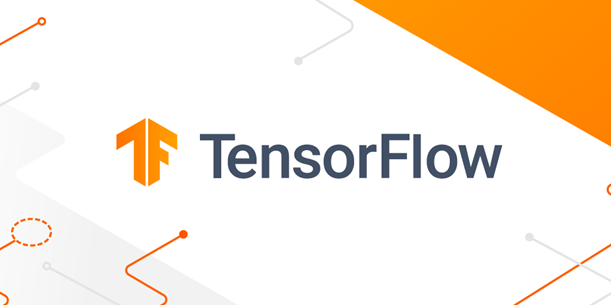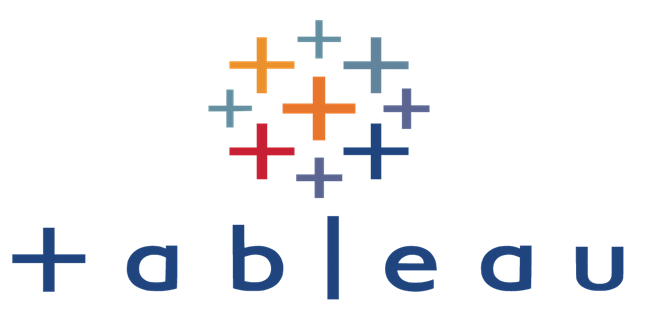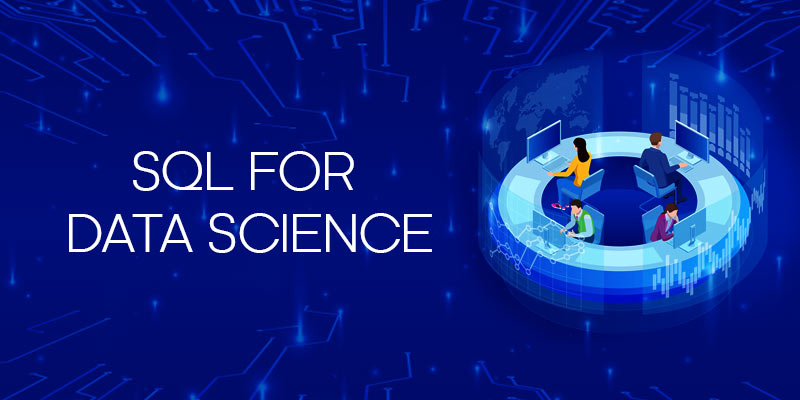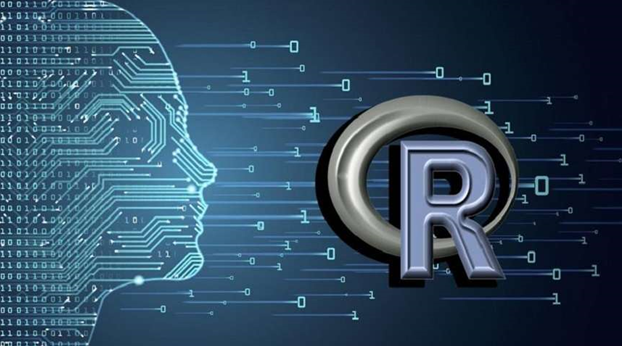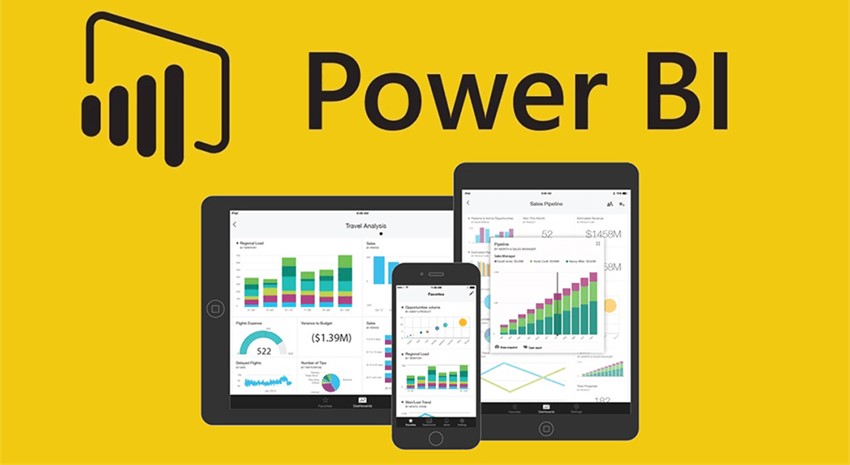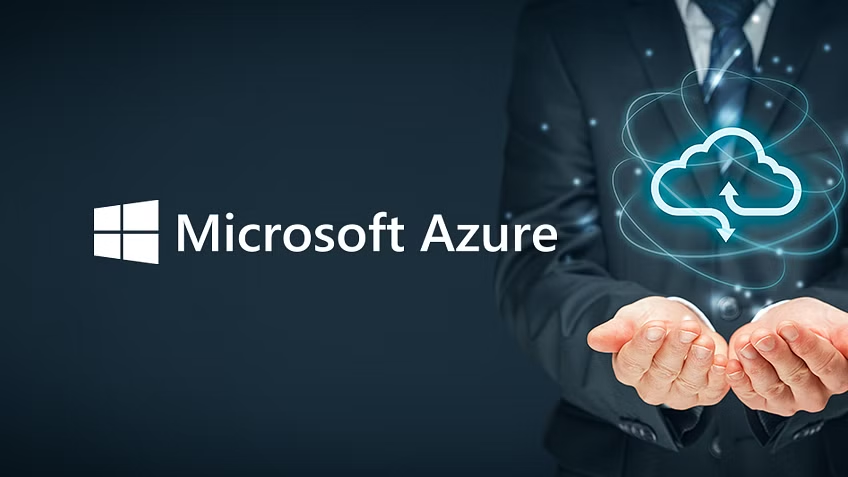A Day in the Life of a Data Scientist

A Day in the Life of a Data Scientist
Did you use the Internet today? Visit Facebook? Buy from Amazon? Check the weather on your smartphone? Watch a YouTube video? Use Uber? Connect on LinkedIn? Text your coworker? If you did any of these activities, you generated data. And you’re only one of the billions who is also generating data. In fact, Internet users now generate 2.5 quintillion bytes of data each day, and 90 percent of the data we have today was generated in just the past two years.
What Does a Data Scientist Do
Data scientists are professionals who are skilled at extracting meaningful information from and interpreting data, which involves both statistical and machine learning tools and techniques, as well as human understanding. During the collection, cleaning, and munging of data, she spends a considerable amount of time, since data is never clean.
Efficient Data Manipulation
Data scientists analyze which questions need to be answered and where the relevant data can be located. Besides possessing business acumen and analytical skills, they are also skilled in mining, cleaning, and presenting data. Unstructured data is sourced, managed, and analyzed by businesses using data scientists.
A data scientist is an expert in statistics, data science, Big Data, R programming, Python, and SAS, and a career as a data scientist promises plenty of opportunity and high-paying salaries. Harvard Business Review has declared data science the sexiest job of the 21st century. Glassdoor named data scientist as the number one job in the U.S., with a job score of 4.8 out of 5, and a satisfaction rate of 4.2 out of 5. The median base salary is $110,000 and there are thousands of unfilled jobs right now, with many more to come.
The career potential sounds promising, but you might be wondering, what exactly does a data scientist do all day? To help you understand a data scientist’s daily tasks so you can picture yourself in that role and decide if it’s time to check out our Advanced Certificate Program In Data Science.
Working With Data, Data Everywhere
A data scientist’s daily tasks revolve around data, which is no surprise given the job title. Data scientists spend much of their time gathering data, looking at data, shaping data, but in many different ways and for many different reasons. Data-related tasks that a data scientist might tackle include:
• Pulling data
• Merging data
• Analyzing data
• Looking for patterns or trends
• Using a wide variety of tools, including R, Tableau, Python, Matlab, Hive, Impala, PySpark, Excel, Hadoop, SQL and/or SAS
• Developing and testing new algorithms
• Trying to simplify data problems
• Developing predictive models
• Building data visualizations
• Writing up results to share with others
• Pulling together proofs of concepts
All these tasks are secondary to a data scientist’s real role, however: Data scientists are primarily analytical people. Working with this data also means understanding the goal. Data scientists must also seek to determine the questions that need answers, and then produce different approaches to try and solve the problem.
Even meetings will revolve around data, as you seek to understand the problems, which leads us to another part of an atypical data scientist’s day: communicating with others who are not data experts. This might seem like it would play a minor role in a data scientist’s day, but quite the opposite is true because your job is to solve problems, not build models.
It is important to remember that although a data scientist is working with data and numbers, the reason behind it is driven by a business need. Being able to see the big picture from a department’s point of view is critical. So is the ability to understand the strategy behind the need, and to help people understand the implications of their decisions.
A data scientist spends time in meetings and responding to emails, as do most people in the corporate world. But the ability to communicate might be even more important for a data scientist. During those meetings and emails, you must be able to explain the science behind the data in a way a layman can understand, as well as being able to understand their problems as they see them, not as a data scientist sees them.
Keeping Up with the Changes
Working with data and working with others will both make up a huge part of your day, should you decide to pursue a career as a data scientist. The rest of your day will be spent keeping up with the data science field. Latest information comes out daily as other data scientists figure out a way to solve a problem, and then share their new knowledge. A data scientist therefore usually spends part of the day reading industry-related blogs, newsletters, and discussion boards. They might attend conferences or network online with other data scientists. And occasionally, they might be the ones to share current information.
As a data scientist, you do not want to waste time reinventing the wheel. If someone else has a better way to solve a problem, you want to know. Keeping up with change is the only way you will be able to do that.
Getting Started as a Data Scientist
Are you convinced this is the job for you, that you are flexible enough to take this on, despite the atypical nature of each workday? Then consider AITP Data Scientist course, a program designed by Ronald Van Loon, named one of the top 10 Big Data and data science influencers in the world. If you follow the recommended learning path, you can be a certified data scientist in 21 weeks, with only 8 hours per week of study time.
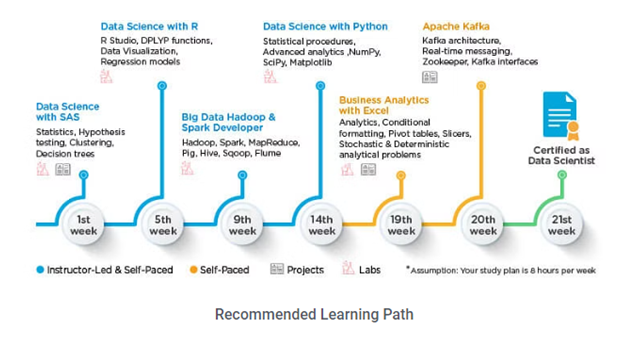
With AITP Data Science Bootcamp Program, you’ll master skills and tools like statistics and statistical procedures, hypothesis testing, clustering, decision trees, linear and logistic regression, R, data visualization, regression models, Hadoop, Spark, PROC SQL, SAS macros, advanced analytics, Matplotlib, Excel analytics functions, Zookeeper, Kafka interfaces and more. Through high-quality online learning content, simulation exams, and a community moderated by experts, you’ll learn data mining, data management, and exploration, and carry out several industry-relevant projects for hands-on experience.

